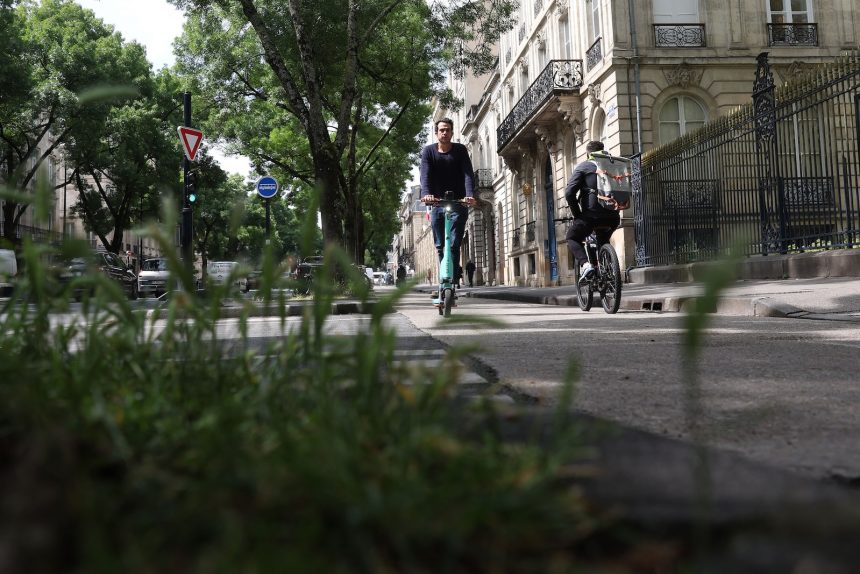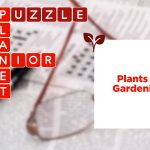Informal green spaces are often overlooked by humans but are essential sanctuaries for pollinators and urban wildlife. These spaces not only support biodiversity and regulate water flow but also play a crucial role in connecting urban dwellers with nature. Research in Greater Melbourne, Australia, has shown that these areas receive as much engagement from people as formal parks do, highlighting their importance in densely populated cities.
These informal green spaces, found in unexpected places like railway tracks and utility infrastructure, offer unique ecological benefits. They support a diverse range of species, including endangered ones, and provide crucial habitats for native pollinators. By allowing vegetation to grow naturally, these spaces create thriving ecosystems that contribute to the overall well-being of urban environments.
Studies in cities like Philadelphia have also recognized the significance of informal green spaces, which often go unnoticed by city planners. These areas, whether under high-voltage power lines or vacant lots, have the potential to provide opportunities for communities to engage with nature and create shared green areas for both people and wildlife to enjoy.
City governments can play a role in nurturing these spaces by involving community members in their maintenance and development. Whether through community gardens or roadside plots, residents can contribute to the preservation and enhancement of informal green areas. By investing in these spaces, cities can create valuable green infrastructure while promoting a sense of stewardship and connection to nature among urban residents.
As urban populations continue to grow, informal green spaces will become increasingly important in maintaining the balance between urban development and natural ecosystems. These spaces offer unique benefits that formal parks may not provide, making them essential for preserving biodiversity and fostering a sense of tranquility and connection to nature in bustling urban environments.






